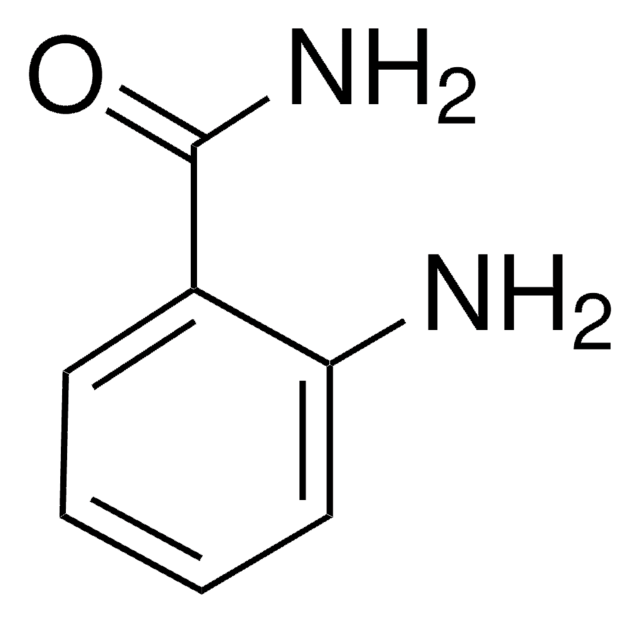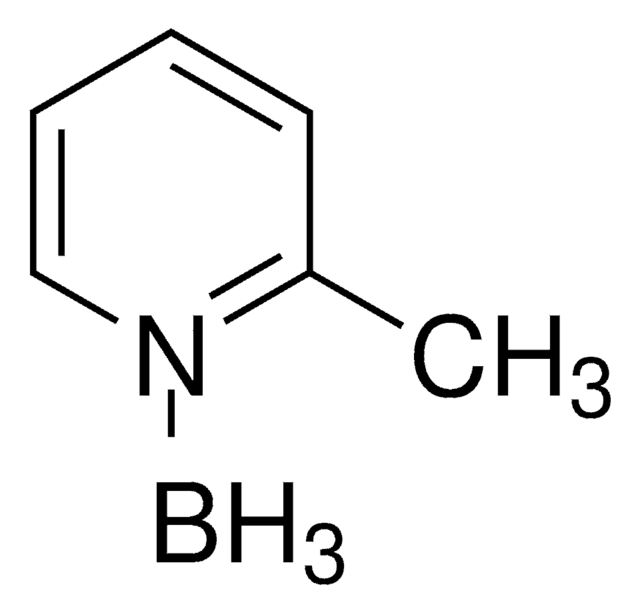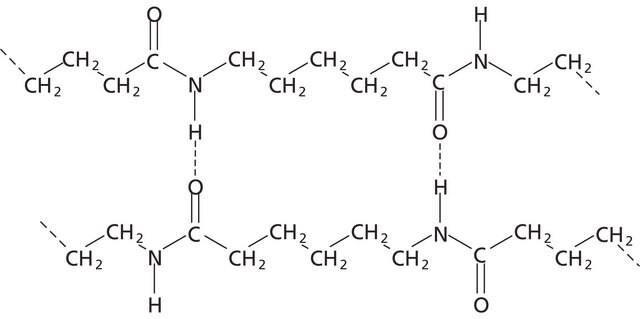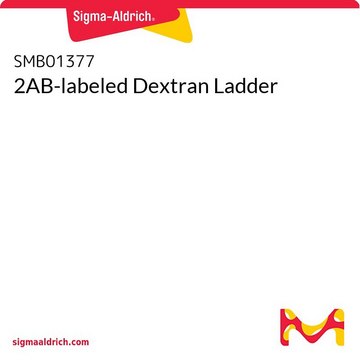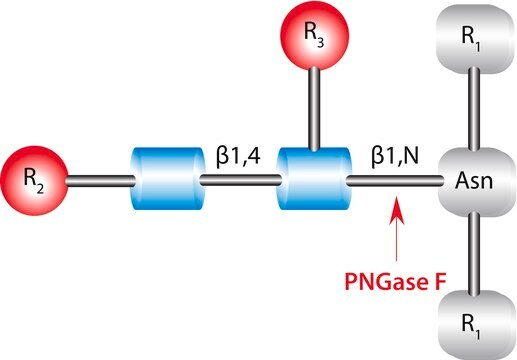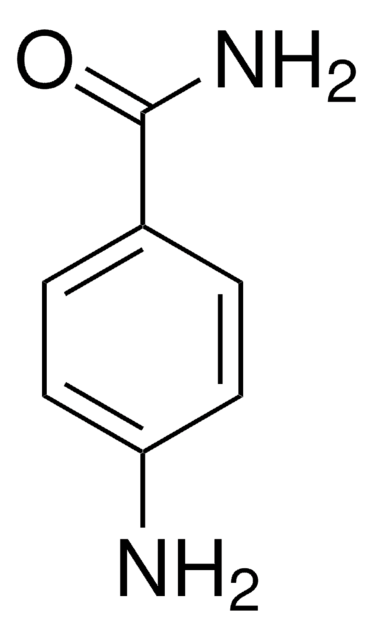PP0520
GlycoProfile™ 2-AB Labeling Kit
Synonyme(s) :
2-AB Labeling Kit
About This Item
Produits recommandés
Niveau de qualité
Description générale
Application
Informations légales
Composants de kit seuls
- 2-AB Labeling Reagent 2 x 5
- Dimethyl sulfoxide (DMSO) 2 x 350
- Acetic acid, glacial 2 x 200
- Reductant (sodium cyanoborohydride) 2 x 6
Mention d'avertissement
Danger
Mentions de danger
Classification des risques
Acute Tox. 2 Dermal - Acute Tox. 2 Inhalation - Acute Tox. 2 Oral - Aquatic Acute 1 - Aquatic Chronic 1 - Eye Dam. 1 - Flam. Sol. 1 - Skin Corr. 1A - Water-react 1
Risques supp
Code de la classe de stockage
4.3 - Hazardous materials which set free flammable gases upon contact with water
Listes réglementaires
Les listes réglementaires sont principalement fournies pour les produits chimiques. Seules des informations limitées peuvent être fournies ici pour les produits non chimiques. L'absence d'indication signifie qu'aucun des composants n'est répertorié. Il incombe à l'utilisateur de s'assurer de l'utilisation sûre et légale du produit.
EU REACH Annex XVII (Restriction List)
Certificats d'analyse (COA)
Recherchez un Certificats d'analyse (COA) en saisissant le numéro de lot du produit. Les numéros de lot figurent sur l'étiquette du produit après les mots "Lot" ou "Batch".
Déjà en possession de ce produit ?
Retrouvez la documentation relative aux produits que vous avez récemment achetés dans la Bibliothèque de documents.
Les clients ont également consulté
Articles
Glycoprofile Labeling Kits for Glycan Analysis designed for efficient labeling of N-linked, O-linked and glycosylphosphatidylinositol (GPI) anchored glycans using your choice of 2-aminobenzamide (2-AB) or 2-aminobenzoic acid (anthranilic acid; 2-AA) 1,2
Structural modifications of proteins are essential to living cells. When aberrantly regulated they are often the basis of disease. Glycans are responsible for much of the structural variation in biologic systems, and their representation on cell surfaces is commonly called the “glycome.”
Notre équipe de scientifiques dispose d'une expérience dans tous les secteurs de la recherche, notamment en sciences de la vie, science des matériaux, synthèse chimique, chromatographie, analyse et dans de nombreux autres domaines..
Contacter notre Service technique